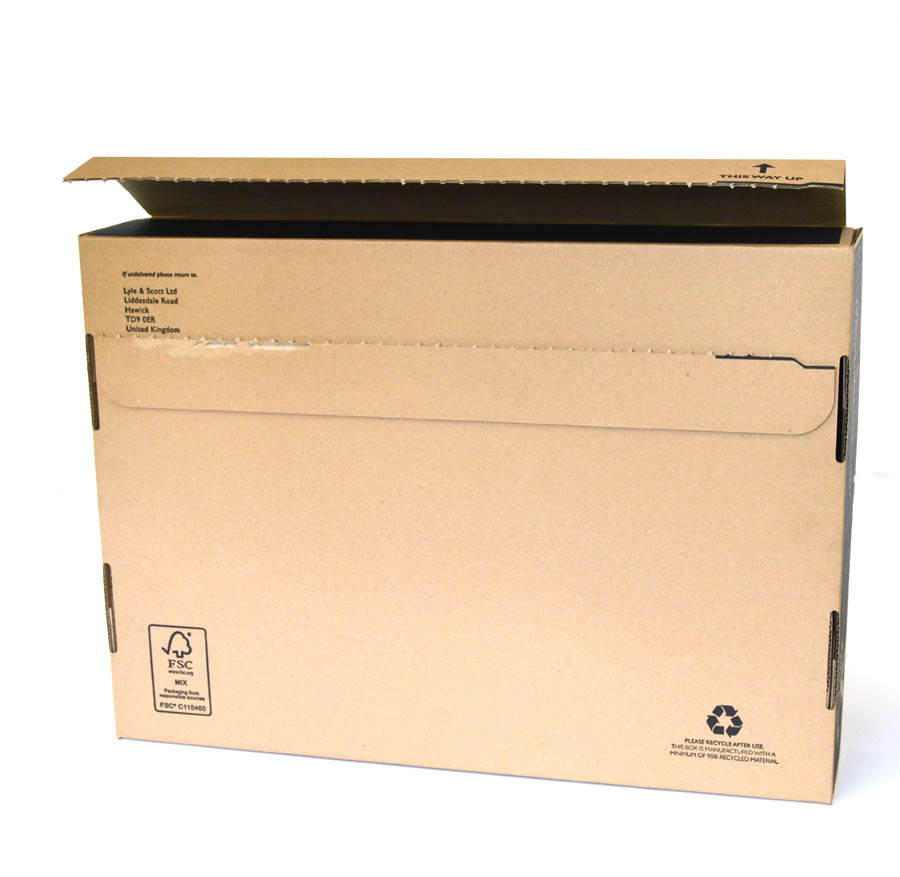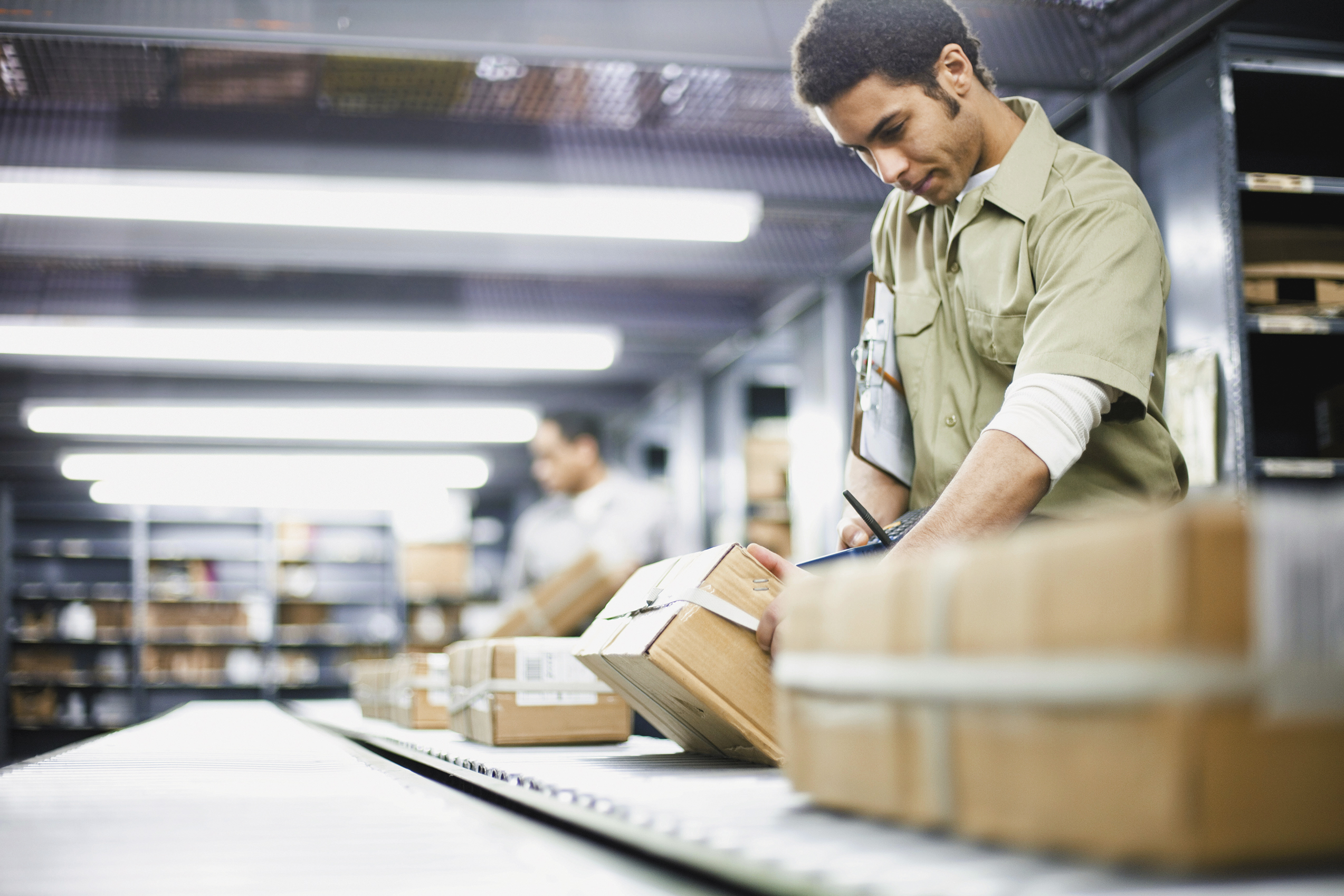You’ve probably heard the Greek myth of Achilles: at birth, his mother made him immortal by immersing him in the River Styx while holding him by his right heel, leaving that area vulnerable. Despite surviving numerous battles thanks to his immortality, he was finally killed by a poisoned arrow stuck in his heel during the Siege of Troy.
This myth teaches us that even the greatest and most powerful have a weak point that, on certain occasions, can leave them defenceless.
Ecommerce is no exception and also has its own “Achilles’ heel”, that point where the smallest mistake or the slightest damage can have terrible consequences even for ecommerce giants: logistics.
As we have discussed in previous articles, the shipping process is vital for customer satisfaction and loyalty: it has to be fast, convenient and affordable.
There is a tendency to believe that logistics depends solely on the quality of service in the last mile, but nothing could be further from the truth: the logistics process is made up of multiple factors that we can perfect to increase customer satisfaction and improve the perceived value of our service.
Based on our experience in e-commerce, today we are going to give you 5 tips on how to improve to become the kings of logistics.
1- Optimise picking

The role of order picking (order preparation) is critical within a company’s supply chain, accounting for around 65% of an e-commerce company’s operating cost.
Although it may seem like a simple process, countless problems can arise when it comes to counting, locating, picking and transporting each order.
It is best to start by documenting all warehouse activity, such as errors made or causes of delays: How many times are items not where they should be? How long does it take each operator to perform a task? Do we pick every order or do you wait for a few to accumulate?
With these questions you will be able to detect a few errors and plan to correct them.
On the one hand, the ideal is to place the orders with the highest demand or turnover in the most accessible places in the warehouse. The idea is to minimise the routes in the warehouse to save time and resources.
In addition, it is also advisable to carry out the picking process in batches instead of picking each product individually. Try to encourage your customers to buy larger quantities or several products at once. You will achieve much more efficient picking.
If you add to this a quality IT system that allows you to check each step of the process in real time, then you are on the right track.
2- Take care of the packaging

If the packaging of the product itself says a lot about the brand, the packaging says a lot about your company: avoid reusing the same box too many times, as they lose resistance as well as showing damage that does not give a good image.
Along the same lines, pay attention to using the necessary amount of adhesive tape but do not overdo it, choose a box size that fits the product and do not skimp on the padding of the package to prevent the product from being damaged during transport.
To prevent cases in which, despite the precautions taken, there is some damage, it is highly recommended to offer a parcel insurance service to customers so that they receive compensation for the inconvenience caused.
3- Control the shipping process

This is the most critical part of the entire logistics process as this is where ecommerce has the least control over the process and where the most irregularities can occur.
Because of this, the collaboration between transport companies and ecommerce must be optimal to guarantee the customer delivery times that are known in advance that they will be met. The aim is to achieve the ‘WOW!’ effect and to make the customer be fascinated by the speed and quality of the service.
It helps a lot to offer an express delivery service that shortens delivery times, as well as trying to avoid delivering the package in one go as much as possible.
Another important point is also to be flexible in the reverse process: the return. It is vital to offer the maximum possible facilities for the customer to return the product, always within reasonable limits.
4- Don’t forget traceability

From the customer’s point of view, there is nothing more reassuring than knowing exactly where their order is at any given moment. Offering tracking codes is one of the easiest ways to keep track of the shipment, both for your ecommerce and for the customer.
In addition, there is software available on the market that allows you to monitor that the dispatch of the goods is done properly. These programmes keep an online control of all the information related to the status of vehicles, dispatches and carrier management.
5- Keep en eye on the costs

Here we refer both to the costs for your shop and for your customer.
As for the former, always try to save as much as possible on your fixed costs as well as paying attention to the costs of each shipment. Keep in mind that reducing the shipping cost for each order means increasing the profit margin for that product and therefore having a greater chance of being competitive in price with your rivals.
As for shipping costs (although ideally you should offer free shipping if you can), you have to be very clear with your policies in your ecommerce. Whether it’s weight-based or a fixed price, customers should know at all times how much their parcel will cost.
What you should never try to do is make money from shipping. Customers are increasingly well-informed and may realise that you are charging them too much, with the resulting negative image that goes with it. Trying to raise margins at the expense of shipping costs can be very expensive.
In conclusion, it is clear that taking care of logistics in your ecommerce should not be a trivial matter, as any small optimisation means significant cost savings for the company and greater customer satisfaction. Improving certain details that, in principle, do not seem so important can make the difference between your ecommerce and the rest.
Remember that, on many occasions, good logistics can be vital. And if you don’t believe it, just ask Tom Hanks.










